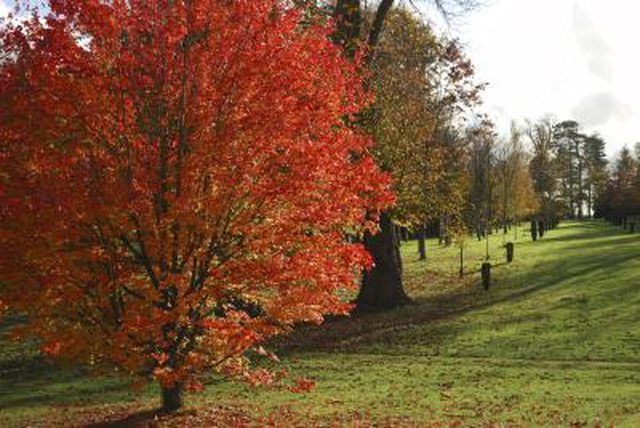Bulbs
Flower Basics
Flower Beds & Specialty Gardens
Flower Garden
Garden Furniture
Garden Gnomes
Garden Seeds
Garden Sheds
Garden Statues
Garden Tools & Supplies
Gardening Basics
Green & Organic
Groundcovers & Vines
Growing Annuals
Growing Basil
Growing Beans
Growing Berries
Growing Blueberries
Growing Cactus
Growing Corn
Growing Cotton
Growing Edibles
Growing Flowers
Growing Garlic
Growing Grapes
Growing Grass
Growing Herbs
Growing Jasmine
Growing Mint
Growing Mushrooms
Orchids
Growing Peanuts
Growing Perennials
Growing Plants
Growing Rosemary
Growing Roses
Growing Strawberries
Growing Sunflowers
Growing Thyme
Growing Tomatoes
Growing Tulips
Growing Vegetables
Herb Basics
Herb Garden
Indoor Growing
Landscaping Basics
Landscaping Patios
Landscaping Plants
Landscaping Shrubs
Landscaping Trees
Landscaping Walks & Pathways
Lawn Basics
Lawn Maintenance
Lawn Mowers
Lawn Ornaments
Lawn Planting
Lawn Tools
Outdoor Growing
Overall Landscape Planning
Pests, Weeds & Problems
Plant Basics
Rock Garden
Rose Garden
Shrubs
Soil
Specialty Gardens
Trees
Vegetable Garden
Yard Maintenance
'Crimson King' Maple Information
'Crimson King' Maple Information. If you live within U.S. Department of Agriculture plant hardiness zones 3 through 7, chances are there's a "Crimson King" maple (Acer platanoides "Crimson King") growing near your house. This distinctive maple, with its deep burgundy leaves, is one of the most commonly planted urban shade trees...

If you live within U.S. Department of Agriculture plant hardiness zones 3 through 7, chances are there's a "Crimson King" maple (Acer platanoides "Crimson King") growing near your house. This distinctive maple, with its deep burgundy leaves, is one of the most commonly planted urban shade trees in America. In fact, some think the tree is overused, but its distinctive color, large leaves and rounded canopy make it a continual favorite among home gardeners.
Size and Appearance
"Crimson King" typically grows to an average height and width of 40 feet. In the spring, the tree blooms with small maroon and yellow flowers. When the leaves uncurl later in the spring, they are bright crimson. The leaves are quite large -- growing to 7 inches across -- and have five lobes that end in sharp points. As summer progresses, they deepen to maroon. Unlike many other maples, fall does not show this tree off to its best advantage; the leaves turn a dingy brown when autumn arrives.
Climate and Culture
This maple, also known as Norway maple, grows best in cold to moderate climates. It does not tolerate heat well and will not grow best in USDA zones higher than zone 7, especially in the Southeast. "Crimson King" thrives in full sun to part shade in average but well-drained soil. It prefers soil that is moist but can tolerate a wide range of soils and periods of drought.
Location and Uses
"Crimson King" is a versatile tree, which is one reason it's so common. In the home landscape, it is most often used as a shade tree because of its dense foliage. The tree is also frequently grown as a specimen tree because of its showy leaf color. "Crimson King" tolerates pollution, so it is often used in urban areas -- in parking lot islands, sidewalk cutouts and highway medians. It's not as common to see "Crimson King" grown in a pot, but some people do grow it as a bonsai, and its slow growth does lend itself well to container cultivation.
Pests and Problems
This hardy maple is not usually bothered by serious insect infestations or diseases, according to the Missouri Botanical Garden. Still, it can develop some issues. Surface roots can be a problem, especially when planted near or in lawns. This tree is best planted far from turf and concrete or asphalt surfaces, as those same roots can crack or lift sidewalks and driveways. Powdery mildew and aphids can also be a problem. Keep the tree dry by avoiding overhead watering -- don't aim any sprinklers at it -- and this will cut down on the chances of it developing mildew. Aphids are harder to avoid, but infestation won't usually hurt the tree. Natural predators will likely bring the aphid infestation under control.